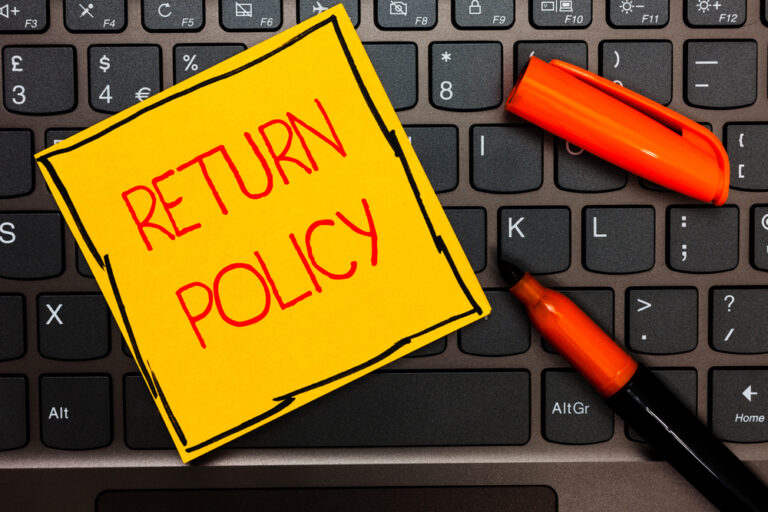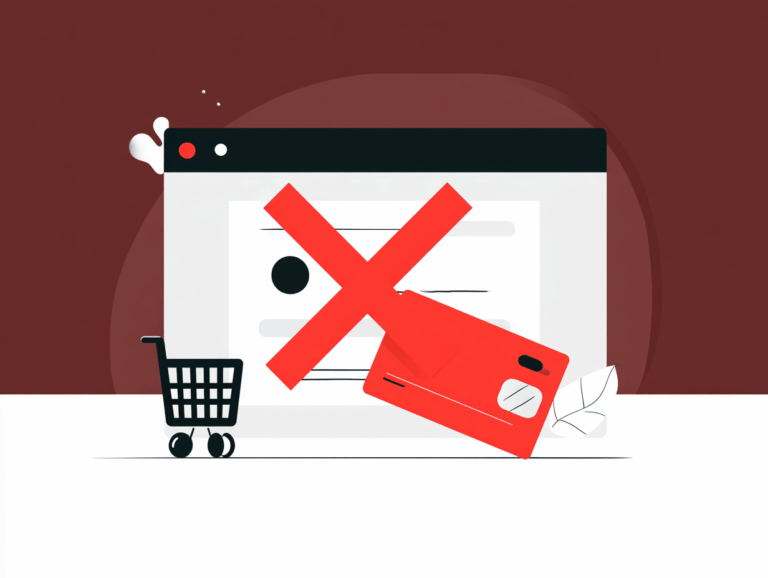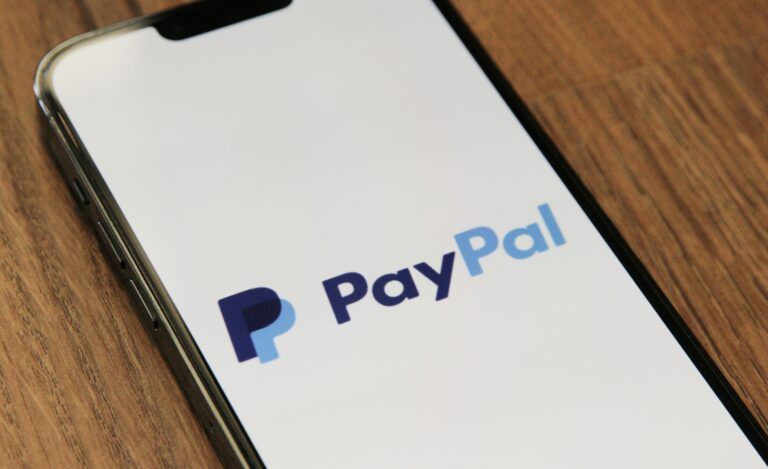Stripe powers millions of online businesses, processing billions in transactions annually. As a vital cog in the e-commerce machine, it is a powerful player in moving money from your customers to you. But sometimes, this process hits a snag when Stripe decides to hold onto your funds.
Understanding why Stripe holds funds and how to resolve these holds will help your business’s cash flow and overall health. Whether you’re a seasoned e-commerce veteran or a startup founder, navigating the intricacies of payment processing can make or break your operations.
In this post, we’ll dive deep into the reasons behind Stripe’s fund holds, explore how long they can last, and provide you with actionable steps to get your money back where it belongs – in your account.
DON’T LET STRIPE DESTROY YOUR BUSINESS
Common Reasons Stripe Holds Funds
Stripe may hold your funds for several reasons. Understanding these can help you prevent and address holds more effectively.
High-Risk Transactions
Stripe flags unusually large sales or sudden spikes in transaction volume as potential risks. These patterns can trigger automatic holds while Stripe investigates the legitimacy of the transactions.
Elevated Chargeback Rates
If your business experiences a high number of chargebacks, Stripe views this as a red flag. A high chargeback rate often indicates customer dissatisfaction or potential fraud, prompting Stripe to hold funds as a precautionary measure.
Suspicious Activity
Stripe’s algorithms constantly monitor for signs of fraudulent behavior. If they detect unusual patterns or transactions that violate their terms of service, they may freeze your funds pending further investigation.
Account Verification Issues
When you first set up your Stripe account, the company doesn’t requires thorough verification of your identity and business information. That’s what makes it so popular and quick to get set up.
But at some point, Stripe will likely need additional documentation may hold your funds until they resolve all issues.
Risky Business Categories
Stripe considers certain industries higher risk than others. If your business falls into a category they deem risky (such as supplements, CBD, adult content, or dropshipping), you’re more likely to experience fund holds.
Rapid Business Growth
While business growth is generally positive, Stripe may view sudden, dramatic increases in transaction volume with caution. This rapid scaling can trigger holds while Stripe assesses the situation.
ARE YOUR FUNDS FROZEN? GET HELP NOW
How Long Can Stripe Hold Your Funds?
Stripe can hold your funds for varying lengths of time, depending on the specific circumstances. Let’s break down the typical hold periods.
Initial Payout Schedule
When you first start processing payments with Stripe, they typically implement a standard payout schedule. This schedule can range from 2 to 7 days for most merchants, depending on your location and business type. During this initial period, Stripe assesses your account’s risk level and transaction patterns.
Extended Holds
In many cases, Stripe may extend the hold period up to 180 days. This extended hold usually occurs when Stripe suspects fraudulent activity or violations of their terms of service.
Account Freezes
If Stripe freezes your account, you may lose the ability to process transactions, withdraw funds, or both. The duration of an account freeze can vary widely, lasting until Stripe completes its investigation or you resolve the issues that led to the freeze.
Termination Holds
When Stripe terminates an account, they typically hold any remaining funds for 90 to 180 days. This hold allows Stripe to cover any potential chargebacks or disputes that may arise after account closure.
Rolling Reserves
In some instances, Stripe implements rolling reserves, where they hold a percentage of your transactions for a set period. These reserves can last anywhere from 30 to 90 days, depending on your account’s risk assessment.
Remember, Stripe reserves the right to change payout schedules or impose holds at any time following a risk review. While these holds can be frustrating, Stripe implements them to manage risk and comply with financial regulations.
Steps to Recover Your Held Funds
When Stripe holds your funds, don’t panic. Follow these actionable steps to recover your money and get your business back on track.
1. Send a Physical Letter
Start by sending a formal letter to Stripe’s legal department. Here’s how:
- Draft a clear, concise letter explaining your situation and requesting the release of your funds.
- Use certified mail with a return receipt and signature requirement to ensure Stripe receives your letter.
- Include relevant account details and documentation to support your case.
This physical letter establishes a paper trail and demonstrates your commitment to resolving the issue.
2. Follow Up with a Polite Email
After sending your letter, reach out via email:
- Compose a professional, courteous email to Stripe’s support team.
- Reference your physical letter and provide any additional context.
- Request the release of 50% of your held funds as a good faith measure.
Maintain a positive tone and express your willingness to cooperate with any necessary procedures.
3. Diversify Your Payment Processing
While working to recover your Stripe funds, take steps to protect your business:
- Open alternative payment processing accounts with services like PayPal or Shopify Payments.
- Open a high-risk merchant account for more stable, long-term processing.
4. Persist with Regular Follow-ups
Consistency is key in recovering your funds:
- Set a schedule to follow up with Stripe every 30 days.
- In each follow-up, request the release of an additional portion of your held funds.
- Provide updates on any changes or improvements you’ve made to address Stripe’s concerns.
5. Address Underlying Issues
While pursuing fund recovery, tackle any problems that led to the hold:
- Review and improve your chargeback prevention strategies.
- Enhance your customer service to reduce disputes.
- Implement stronger fraud prevention measures.
6. Consider Legal Assistance
If your efforts don’t yield results:
- Consult with a lawyer specializing in financial services or e-commerce law.
- Explore the possibility of legal action, but weigh this option carefully against potential costs and outcomes.









